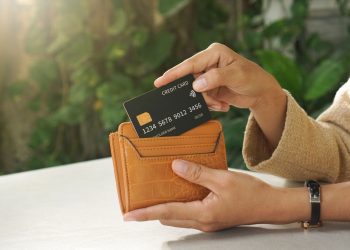It’s a nice feeling when you find a $5 or $10 bill in your pocket or a quarter on the street. It’s found money and an unexpected gift to yourself that you can spend without feeling guilty that you should be saving it.
The same can be true for old savings bonds. You might not have realized you had them, or discovered that your grandparents or parents bought some for you when you were a child. They’re found money.
But what do you do when you can’t find the savings bonds themselves? Or have only a vague idea that there are some savings bonds with your name on them somewhere?
The first step is to fill out Form 1048 from the U.S. Treasury Department to file a claim for lost, stolen or destroyed U.S. savings bonds.
You probably won’t have all of the information requested on the form, such as the serial numbers of the bonds, but answering as many questions as you can will help. Some of the best information to have is the name the bond was purchased under, the Social Security number and the address.
Include your name and Social Security number, as well as the names and numbers of relatives who bought you bonds. Some bonds are bought under the buyer’s name and are made payable upon death to a child or grandchild. Others are purchased under the child’s name and information and have the Social Security number and address of the child.
Provide the addresses that may have been used when the bonds were purchased, and a range of dates for when they were bought.
For more help, TreasuryDirect’s website has information on how to replace or reissue a paper EE bond or Series HH or H savings bonds. The site also has information about when different types of savings bonds were issued and if they’re still earning interest. There’s also a savings bonds program table that shows the history of what types of bonds were issued and when, such as during your birth year.
The Series I bond, for example, was first issued in September 1998 and is still issued today. Series I bonds became available in electronic form in 2002, followed in early 2003 by the EE bond.
If your parents or grandparents are alive, the best solution is to ask them now. They may have forgotten about buying you savings bonds, and will hopefully remember where they are.











